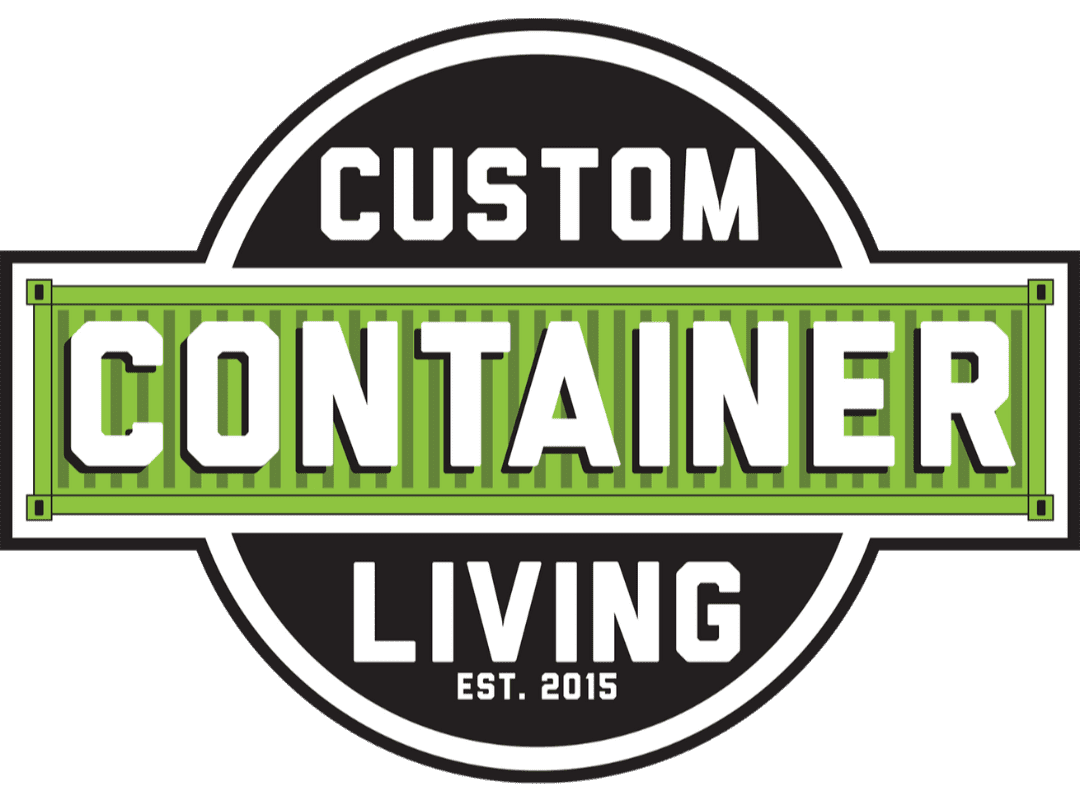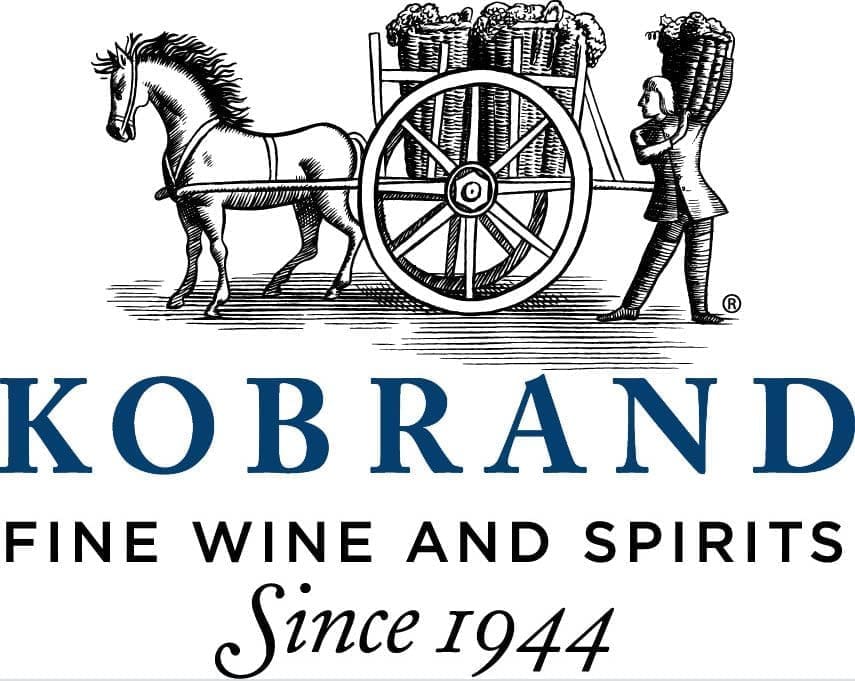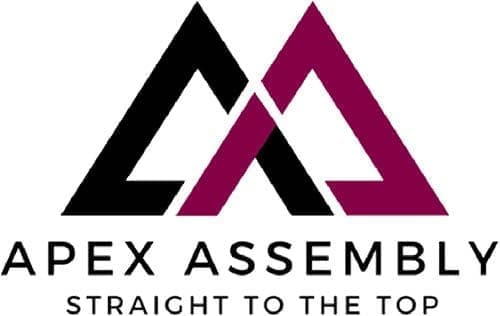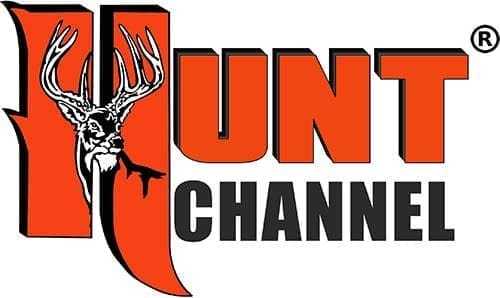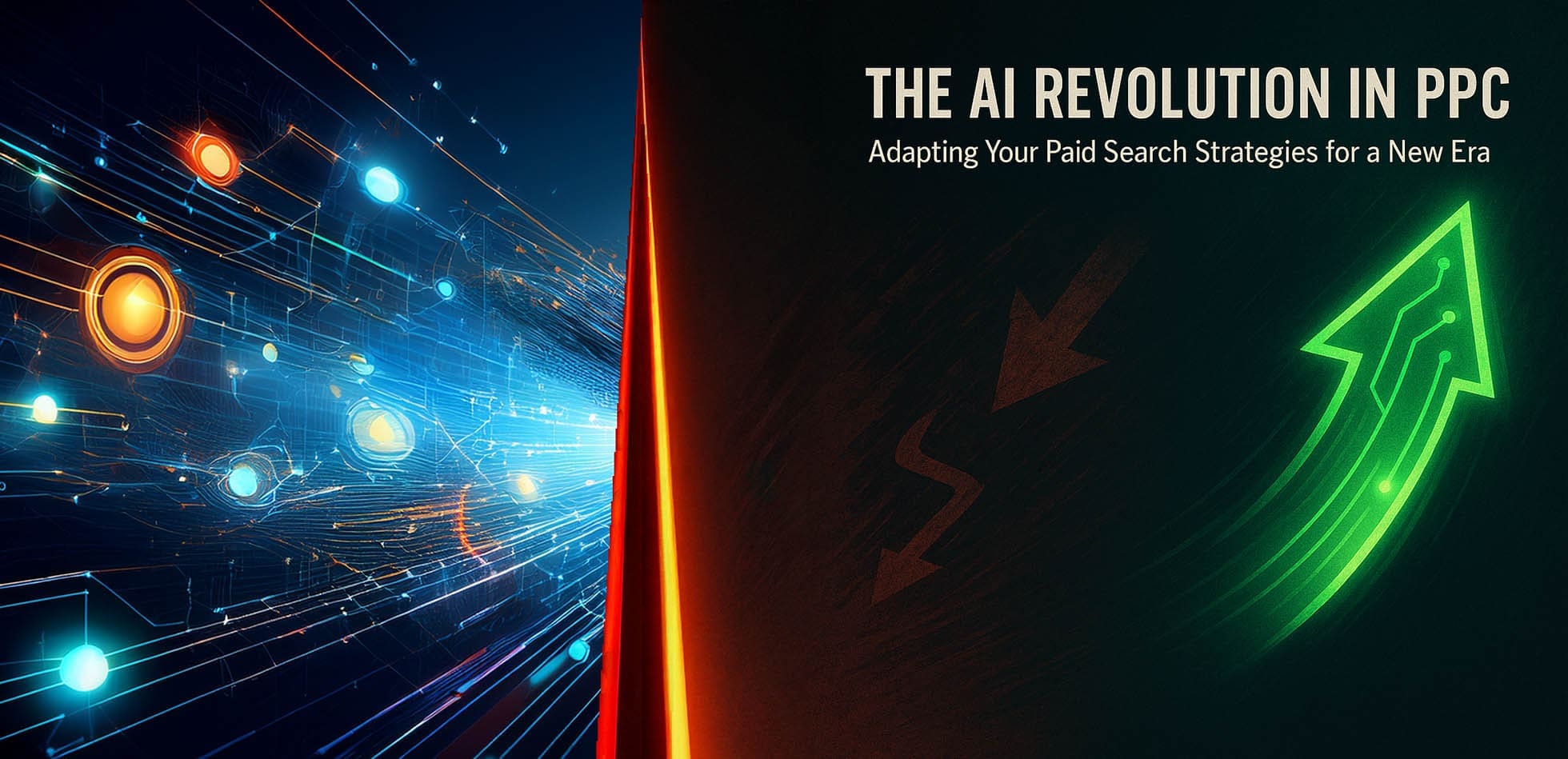Mastering AI Overviews: Your No-Nonsense Guide to Getting Your Content Seen in RAG-Powered Search
So, the digital search game has changed. Massively. If you’re still thinking purely in terms of old-school blue links, you’re already behind. As of 2025, Google’s AI Overviews (AIOs) and similar AI-powered summaries from other search engines? They’re not some cute novelty; they are dominating the top of the Search Engine Results Page (SERP). For your business, for you as a marketer, figuring out how to get your content not just noticed, but accurately and favorably cooked into these AIOs, is absolutely paramount. It might seem like a “black box,” but the tech underneath, primarily something called Retrieval-Augmented Generation (RAG), actually gives us clear clues on how to optimize.
This isn’t just another guide filled with fluff. We’re going to demystify RAG and give you actionable strategies to make your content practically irresistible to these AI systems. Get this right, and you’ll significantly boost your chances of being featured, solidifying your brand’s authority right there in the search results. Ready?
Understanding the Engine: So, How Does This RAG Thing Actually Power AI Overviews?
If you want to optimize for AI Overviews, you first have to get your head around the machinery driving them. Retrieval-Augmented Generation (RAG) isn’t just a fancy acronym; it’s a sophisticated AI framework. Its whole purpose? To make Large Language Models (LLMs) more accurate, more reliable, and frankly, more useful, especially for critical stuff like search.
Let’s break down the RAG workflow, step-by-step, no jargon overload:
Query Understanding & Figuring Out What Someone Really Means: When a user types a query, the AI isn’t just seeing a string of words. Advanced Natural Language Processing (NLP) kicks in to identify key entities (people, places, concepts), disambiguate the true intent (is “apple” the fruit or the company?), and even implicitly consider related concepts to broaden the information hunt. Context is everything here.
Information Retrieval (“R” for Retrieval): The Great Knowledge Hunt: This is where the “retrieval” part happens. The system dives into vast knowledge bases – massive indexes of web pages (think Google’s own index), databases, or private document stores. It’s looking for the raw material. But how does it find the right stuff? Modern retrieval is way beyond simple keyword matching. Both the content in the knowledge base and the user’s query are often converted into numerical representations called “vector embeddings.” These capture semantic meaning. The system then hunts for content “chunks” whose embeddings are contextually similar in meaning to the query’s embedding. Think of it like a super-smart librarian finding not just books with the same words, but books about the same ideas. To make this efficient, documents are typically broken down into smaller, manageable “chunks” – paragraphs, sections, even sentences. Well-structured content? Much easier to chunk effectively.
Information Augmentation (“A” for Augmented): Giving the LLM Some Context: Once the most relevant chunks of information are pulled, they aren’t just thrown at the user. Nope. These chosen passages are fed to a Large Language Model (LLM) as “context” or “grounding data,” right alongside the original user query.
Generation (“G” for Generation): Crafting that AI Overview: This is where the LLM gets to shine with its generative magic, but now it has a crucial safety net: the retrieved facts. The LLM uses this provided contextual information to formulate a comprehensive, coherent, and (ideally) concise answer. A key feature here is citing the source documents, giving transparency and letting users dig deeper. And the big win? Because the LLM is “grounded” by these retrieved facts, the chance of it making stuff up (“hallucinations”) or spitting out outdated info is significantly slashed compared to a standalone LLM just riffing off its training data.
Why is RAG such a big deal for search accuracy? Standalone LLMs, for all their power, can sometimes invent “facts” or rely on old training data. RAG tackles these issues by dynamically feeding the LLM current, relevant info. This makes AIOs far more trustworthy and useful for people searching for answers. Makes sense, right?
Content That “Speaks” to RAG: How to Make Your Material AIO-Friendly
Now that you get the basics of how RAG works, let’s talk about how to create and structure your content so it has the best shot of being retrieved, understood, and used in those AI Overviews.
What does an “AIO-worthy” piece of content look like?
Direct Query-Answer Pairing: Think of your content as a rich FAQ. Structure sections to directly address likely user questions. Use clear heading tags (H2, H3) for questions (e.g., “What Are the Core Benefits of Semantic SEO?”) followed immediately by concise, factual, and complete answers.
Factual Density & Specificity: Prioritize verifiable facts and specific data points (ideally with sources or dates). Avoid vague marketing fluff or claims you can’t back up. If you state a fact, try to support it. For complex relationships, consider how clear “semantic triples” (Subject-Predicate-Object, like “RAG [subject] improves [predicate] LLM accuracy [object]”) can be for AI.
Write for Optimal “Chunking”: Your content needs to be easily and logically broken down into meaningful, self-contained chunks by RAG systems. This means keeping paragraphs focused on a single idea. Using bulleted and numbered lists for processes or features can be great here. Employ well-defined headings and subheadings (H2, H3, H4) to create clear logical breaks; each section under a subheading should ideally make sense on its own.
E-E-A-T for AI (Yes, AI Cares!): Your content and website must scream Experience, Expertise, Authoritativeness, and Trustworthiness. Clear author bios, sourcing and citations, a good site reputation, and fresh, accurate content all contribute. Don’t forget comprehensive “About Us” and contact pages.
Let’s dive a bit deeper into content formatting for AIOs. Advanced use of Schema Markup is huge. Use it to explicitly tell AI what your content is about – FAQPage schema for Q&As, HowTo schema for instructions, detailed Article schema, Product schema, you name it. The more specific, the better. For example, a page answering “How to optimize content for RAG?” could use HowTo schema detailing each step.
The power of clear headings (H1-H6) cannot be overstated. Use them to create that logical, hierarchical semantic structure. Your main title? H1. Main sections get H2s, sub-sections H3s, and so on. RAG systems use these headings to understand the topic and boundaries of content chunks. And if you’re presenting comparisons or structured data, use HTML tables properly formatted with <th> for headers and <td> for data cells. This makes it much easier for AI to extract that structured information.
How do you find “AIO-prime” topics to focus on? Do your keyword research, looking for informational queries (“what is,” “how does”), comparison queries (“RAG vs. fine-tuning”), how-to queries, and definitions. Analyze the SERPs for your target keywords. What AIOs appear? What sources are cited? What formats are used? And don’t ignore those “People Also Ask” (PAA) boxes – they are a goldmine for AIO-worthy questions.
Technical & On-Page Signals That Give Your AIO Efforts a Boost
While content is king, certain technical and on-page factors play a vital supporting role. First off, basic crawlability and indexability are non-negotiable. If AI systems can’t find, crawl, and index your page, it’s game over for AIO consideration. (We’ve covered the nuts and bolts of technical SEO for AI in detail elsewhere, but ensure clean robots.txt, functional XML sitemaps, and no rogue noindex tags.)
Page experience signals (Core Web Vitals, mobile-friendliness, HTTPS) also have an indirect influence. While RAG models look at content directly, poor page experience might lower a page’s overall perceived quality, potentially making it less likely to be in the pool RAG retrieves from. Good page experience is just good practice, period. A strong internal linking strategy also helps RAG systems (and search AI generally) understand contextual relationships and page authority. Link from relevant, authoritative pages on your site to your AIO-optimized content. And for topics where information changes fast, keeping content fresh and clearly indicating dateModified is crucial, as RAG systems often prioritize up-to-date information.
Analyzing and Iterating: How to Know if You’re Winning with AIOs
Optimizing for AIOs isn’t a “set it and forget it” game. You need to continuously monitor and iterate. What tools and techniques can you use?
Google Search Console (GSC): While there isn’t a dedicated “AIO Report” (yet!), monitor performance for queries where AIOs are common. High impressions but low clicks on a well-ranking page? An AIO might be answering the mail.
Third-Party SEO Platforms: Many are now incorporating features to track AIO visibility and cited sources.
Manual SERP Analysis: Regularly search your key queries (incognito, different locations/devices) and document when your content (or a competitor’s!) appears in AIOs. Screenshot everything.
Competitor AIO Analysis: When competitors get featured, reverse engineer it! What sources did they cite? How is their page structured? What query triggered it? Look for patterns.
You can also do conceptual A/B testing. Update a piece of content with AIO best practices (add an FAQ with schema, boost factual density) and monitor for changes in AIO visibility over time compared to similar, un-updated pages. And if your content is cited in an AIO but the summary is wrong or misleading? Use the feedback mechanisms provided by the search engine.
The “Don’ts”: Common Mistakes That’ll Kill Your AIO Chances
Please, please avoid these common pitfalls:
- Keyword Stuffing or Awkward Phrasing: Don’t try to game the system by forcing keywords. RAG values natural language and true semantic meaning.
- Overly Promotional or Biased Language: AIOs generally aim for neutrality. Sales pitches don’t make good source material.
- Thin, Low-Value Content: If your content isn’t genuinely useful, it won’t be considered AIO-worthy, no matter how well formatted.
- Poorly Structured “Wall of Text” Content: If RAG systems can’t easily parse and “chunk” your content, you’re out.
- Neglecting Site-Wide E-E-A-T Signals: A single great page might struggle if your whole site feels untrustworthy.
- Treating AIO Optimization as a One-Off Task: This landscape is constantly changing. Ongoing attention is a must.
Thriving in the Age of AI-Powered Summaries – It’s Your Move
Look, mastering content strategies for AI Overviews isn’t some niche, optional skill anymore. It’s a core competency for digital marketers who want to win in 2025 and beyond. By really understanding the ins and outs of Retrieval-Augmented Generation, by meticulously crafting content that is factual, well-structured, and oozes E-E-A-T, and by committing to ongoing analysis and iteration, you can dramatically increase your chances of being featured in these prime SERP spots.
Is it a lot of effort? Yes. But the rewards? They can be transformative: unparalleled visibility, enhanced brand authority, and the ability to connect with users at their exact moment of informational need. So, embrace these strategies, get your content RAG-ready, and position your business to thrive in this evolving, AI-driven search ecosystem. The future isn’t waiting.
Clients Who Trusted Us
We establish strong business relationships with our clients and have a vested interest in their success. We pride ourselves in being that trusted partner who our clients can rely on and have the confidence their best interests are being served. Here are just some of the many client partners who have trusted us.










